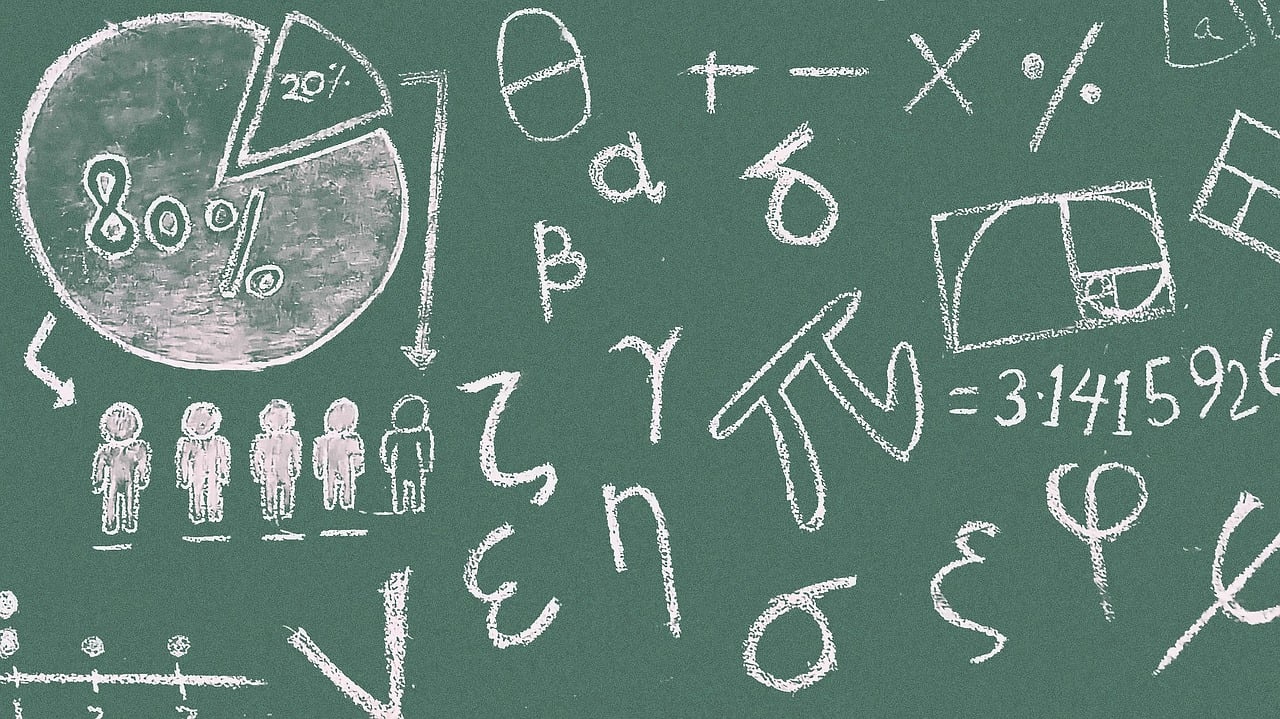Math
Understanding Standard Deviation
Have you ever looked at a set of data and wondered how spread out the numbers are from the average? This is where standard deviation comes in – a powerful statistical tool that measures the variability within a dataset. Imagine a group of archers firing arrows at a target. The mean (average) would be the bullseye, and standard deviation tells you how tightly clustered or scattered the arrows are around that bullseye.
Understanding the Spread:
- Low Standard Deviation: If the standard deviation is low, it signifies that most of the data points are close to the mean. Think of our archer example – all the arrows are bunched up near the bullseye.
- High Standard Deviation: Conversely, a high standard deviation indicates that the data points are more spread out, with some values much higher or lower than the mean. Imagine the arrows scattered widely across the target.
Calculating the Standard Deviation:
The process to calculate standard deviation might seem complex, but the basic idea is to find the average distance each data point falls away from the mean. Here's a simplified breakdown:
- Find the mean (average) of your data set.
- For each data point, calculate the difference from the mean (squared).
- Find the average of those squared deviations.
- Take the square root of that average.
This final result, represented by the symbol σ (sigma) for population standard deviation and s for sample standard deviation, tells you how "spread out" the data is from the mean.
Why is Standard Deviation Important?
Standard deviation is a valuable tool for several reasons:
- Compares Variability Across Datasets: It allows you to compare the spread of data sets, even if they have different units. For example, you could use it to compare the variability of exam scores in two different classes.
- Identifies Outliers: A high standard deviation can indicate the presence of outliers, data points that fall very far from the mean. These outliers might warrant further investigation.
- Foundation for Statistical Analysis: Standard deviation plays a crucial role in many statistical tests and applications, from quality control in manufacturing to risk analysis in finance.
Real-World Examples:
- Education: In a class, a low standard deviation for test scores might suggest the teaching approach is effective for most students. A high standard deviation could indicate some students need additional support.
- Finance: Investors use standard deviation to measure the volatility of a stock price. Higher standard deviation indicates a riskier investment.
By understanding standard deviation, you gain valuable insights into the nature of your data. It's a key concept in statistics, helping you interpret data more effectively and make informed decisions in various fields.


